I'm new in the Computer Vision. I would like to detect some kind of plants in a grass images.
Canny Edge Detection Algorithmus

Hough Line Transform (After Edge Detection)

I have already tried:
- to remove the grass in the background with comparing th average of white pixels in a a region.
- line detection with the hough line transform algorithm (the grass adds wrong lines)
What's in your opinion the best approach to detect this plant?


